Congratulations to first author Super-Star @BraunMDPhD and to all authors. #CathyWu #SachetShukla @LabSignoretti @VanAllenLab #FreemanLab #SharpeLab
@DanaFarberNews @DanaFarber
#kcsm #KidneyCancer
doi.org/10.1038/s41591…
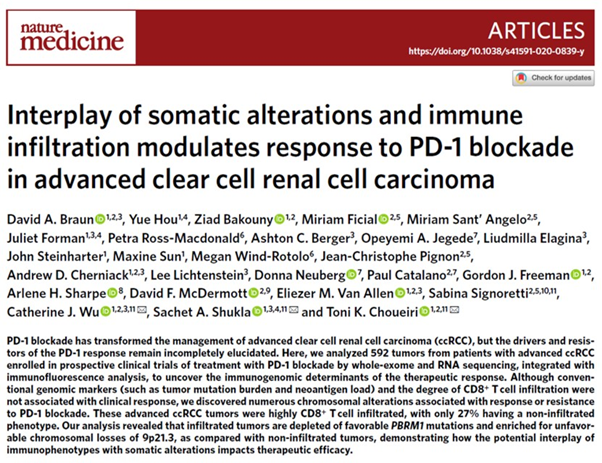
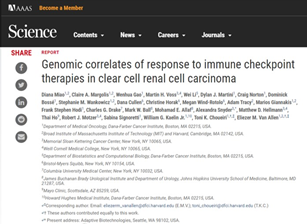
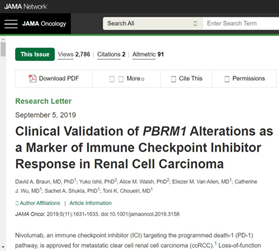
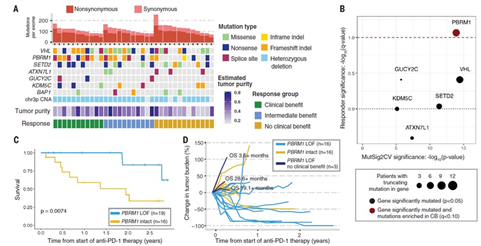
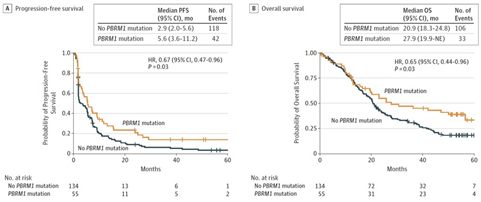
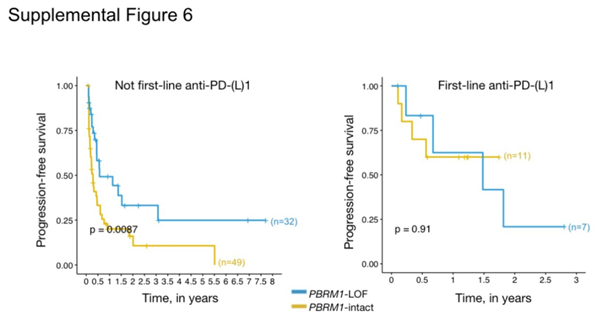
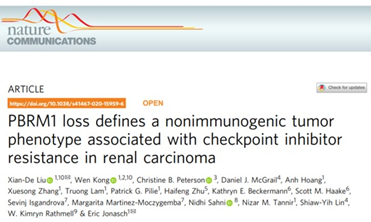
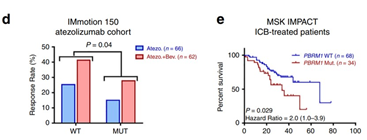

•@sarahAbouAlaiwi, @CIR 2020 cancerimmunolres.aacrjournals.org/content/early/…: Oncopanel data: SWF/SNF alternations have no effect on IO outcomes. Exceptions: RCC: association with TTF, OS
•Vano, ASCO GU 2020, HR OS 0.59 in PBRM1 loss by IHC (France), @LAlbiges
•City of Hope, AACR 2020 (HR<1, in CB pts, p=0.2) @montypal @NazliDizman (small cohort)

















